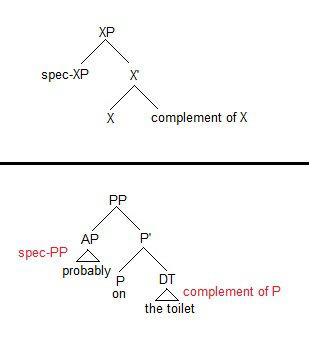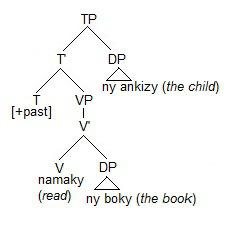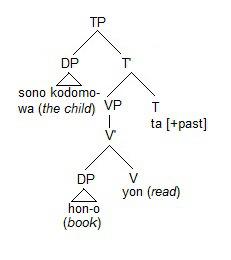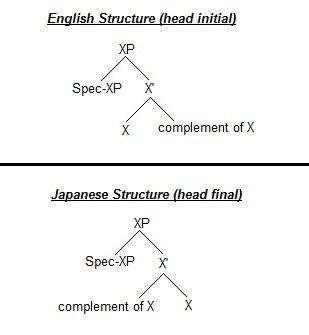Part IV: The basic building blocks of linguistic replication?
As I mentioned in the last post, I’m convinced that a language/phenotype analogy is more appropriate than a language/genes analogy. However, here’s a second piece of devil’s advocacy because I still believe a case can be made for the latter metaphor.
The language/genes metaphor is appropriate only if we assume that languages are the auditory manifestations of underlying linguistic structures, and that these structures replicate in the mind every time an individual learns a language, either as a first or second language. Entertaining this possibility means accepting Chomsky’s universal grammar hypothesis and his principles and parameters approach.
Does Chomsky’s approach provide some kind of mechanism whereby we can reduce linguistic structures to a few basic parts, the way we can reduce DNA and its replication to nucleotide bases and enzymes?
Yes, I think so. Phrase structure theory and X’ theory provide a framework for analyzing all human languages according to a few basic building blocks: phrases, phrase heads, complements, and specifiers. This is the “DNA” of language.

We don’t need to go into detail about this chart. Basically, all languages are built from phrase heads (X), which project to a phrase-bar (X’), which project to a phrase (XP). Phrase heads can optionally project a complement, and phrases can optionally project specifiers.

All human languages are built from these categories. All human languages can be analyzed according to the same basic rules of phrase projection. The difference between languages is the difference between various “parameter settings” for these phrases and projections, among other aspects of language structure that I haven’t talked about here.
One of the most salient cross-linguistic differences is, of course, word order. However, according to phrase structure and X’ theory, this difference is simply a matter of re-configuring or re-arranging the structural projections:

The structure of English word order
(Subject – Verb – Object)

The structure of Malagasy word order
(Verb – Object – Subject)

The structure of Japanese word order
(Subject – Object – Verb)
So, for example, the difference between English and Japanese is simply the difference between an X’ that projects to X first and complement second (English) and an X’ that projects to complement first and X second (Japanese). In other words, English is a head-initial language and Japanese is a head-final language.

In a Chomskyan framework, there are basic building blocks of linguistic structures, and the differences between languages can be described as differences in the configuration and specification of these structures. Sounds roughly comparable to DNA in my opinion, but then, I’m not a geneticist . . .
(Note: the phrase table and the examples in this post are taken from the helpful notes of Dr. John Nissenbaum.)
